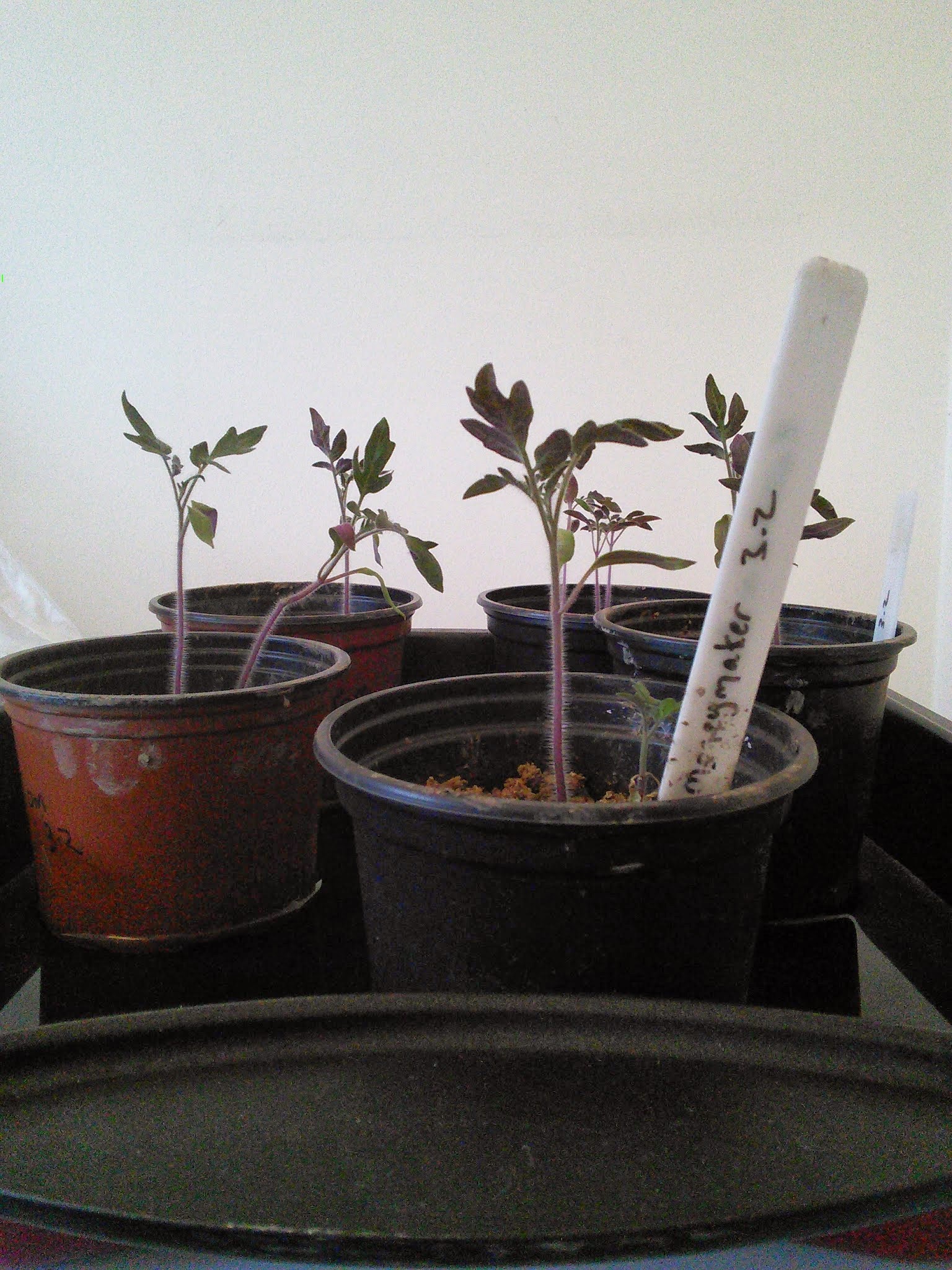I am not much of a flower gardener. If you looked at my front (north facing) garden, you wouldn't imagine for a second that I had enough interest in gardening to write a blog about it. I don't buy in much plants and prefer to set random bulbs and seeds, just to see what happens. It's hit and miss. Like many people, I love my bulbs like tulips, daffodils, dahlias and hyacinths. My first year growing tulips gave me a magnificent border of reds, oranges, yellows, pinks and deep purples. In fact, the Google street view image of our house was taken when they were in full bloom. It was a stroke of luck because the garden has never looked as good since. The next year only half the bulbs flowered and they were all yellow.
Unlike daffodils which spread and seem to get stronger each year (although I have read that the bulbs should be lifted and stored every five years), tulips benefit hugely if you dig them up every year, once flowering has ended and the stalks are browning, and store them in a warm, dry place until planting season comes around again.
Last year, I took up some random bulbs that I found by accident when digging around the garden and left them in the greenhouse all summer and autumn. I didn't even do it on purpose, just threw them in there. When the planting season came, I planted them in pots - narcissuses, hyacinths and one tulip. Out of all the tulip bulbs in my garden, the potted one is the only one that is set to bloom:
All others look like this (the mottled thick green stalks):
And this:
Even though it is early to lift the bulbs, I couldn't wait. I knew if I didn't do it then (yesterday), I would let it go by the wayside and have the same problem next year. So I got on my knees and carefully prised them from their hiding places. Most of the bulbs had formed new tiny bulblets. I left the leaves attached as best I could so they can naturally die back.
I'll lay them out on newspaper until dry and once the stalks have browned, I'll store in a cardboard box until next Autumn when they will be planted out again.













